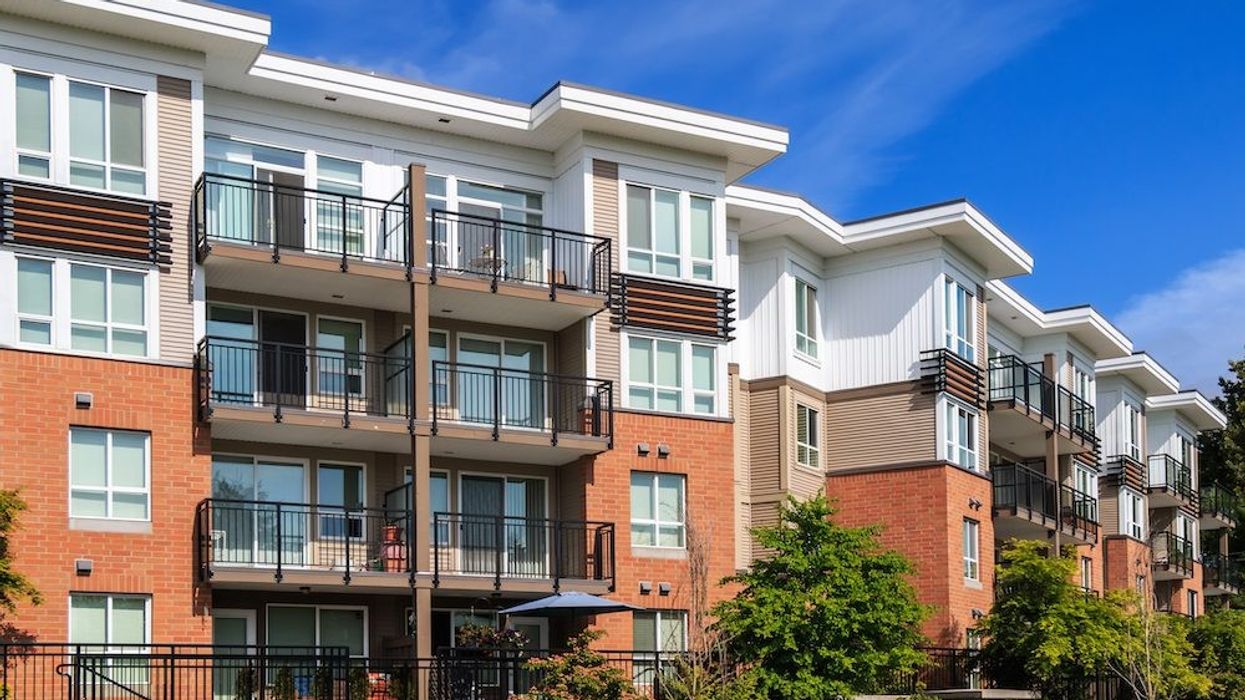Younger people have become more likely to be landlords, according to newly released census data from Statistics Canada.
A report put out on Wednesday detailing Canadians' rental income found that the share of 30 to 34-year-olds receiving rental income jumped from 4.1% in 2000 to 5.2% in 2020. The share of 35 to 39-year-olds similarly jumped from 5.3% to 7.2%, and 40 to 44-year-olds rose from 6.1% to 8.2%.
StatsCan noted that these findings, based on 2020 census data, reflect an increasing need to "lighten the burden of rising housing costs with rental income, as well as the attractiveness of housing as an investment asset for younger people in recent years."
Overall, the number of households declaring rental income is up from 7% in 2008 to 7.9% in 2020. But the amount they're earning may not be as much as some might assume. In 2020, the median annual family net rental income after deductions was $2,750 -- far from being a large portion of a family's total income.
As the report points out, the growth in families earning rental income has coincided with a period of low interest rates, "suggesting that families took advantage of the low borrowing costs to develop a secondary income source or in the hopes of future capital gains."
But dramatic shifts in the market in 2022 could very well affect this trend. Higher borrowing costs as a result of the Bank of Canada's rapid rate hikes could lead to a decline in the number of families with rental income this year, the report says. At the same time, rental markets across the country have changed dramatically from 2020, with many experiencing stiff competition and skyrocketing prices.
The 2020 census data also found that a large share of landlords -- 76.3% -- were already turning an annual profit on their rental property, with a net rental income of $4,880 among families who were in the green. Families with negative net rental income reported a median of -$3,180.
The Typical Landlord
In 2020, the typical landlord looked like this: a couple living in a big census metropolitan area, and working another job.
In fact, a whopping 81% of all rental earners were in a couple family, with couple families being more than twice as likely to have rental income compared to lone-parent families or people not in families. This like likely due to the fact that couples typically have access to more cash flow, making it easier to acquire a property to rent out. Interestingly, although couples with children were the most likely to have rental income, couples without children earned the highest median net rental income ($3,190).
The majority of rental income earners lived in the country's largest metropolitan areas with 21.2% in Toronto, 13.5% in Montreal, and 10.7% in Vancouver. And as for how old they are, nearly half were between the ages of 45 and 64.
These rental income earners largely weren't solely reliant on their rental income to support them, with 66% also receiving wages, salaries, and commissions -- a proportion that's in line with tax filers who don't have rental income (64.6%). What's interesting, however, is that rental income earners with wages had a median income of $59,800 in 2020 -- more than 50% above tax filers without rental income ($38,570). And perhaps unsurprisingly, net rental income earners were more likely to receive business self-employment income than tax filers without rental income.





















